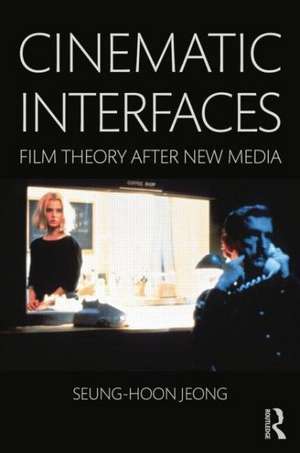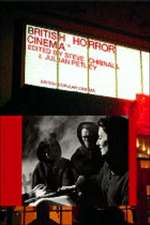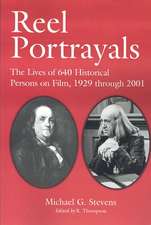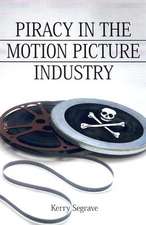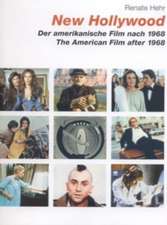Cinematic Interfaces: Film Theory After New Media
Autor Seung-hoon Jeongen Limba Engleză Paperback – 11 sep 2014
Preț: 396.19 lei
Nou
Puncte Express: 594
Preț estimativ în valută:
75.81€ • 79.15$ • 62.74£
75.81€ • 79.15$ • 62.74£
Carte tipărită la comandă
Livrare economică 04-18 aprilie
Preluare comenzi: 021 569.72.76
Specificații
ISBN-13: 9781138843639
ISBN-10: 1138843636
Pagini: 281
Ilustrații: 3 black & white tables, 100 black & white halftones, 1 black & white line drawings
Dimensiuni: 152 x 229 x 15 mm
Greutate: 0.3 kg
Ediția:1
Editura: Taylor & Francis
Colecția Routledge
Locul publicării:Oxford, United Kingdom
ISBN-10: 1138843636
Pagini: 281
Ilustrații: 3 black & white tables, 100 black & white halftones, 1 black & white line drawings
Dimensiuni: 152 x 229 x 15 mm
Greutate: 0.3 kg
Ediția:1
Editura: Taylor & Francis
Colecția Routledge
Locul publicării:Oxford, United Kingdom
Public țintă
Postgraduate and UndergraduateCuprins
Introduction 1. The Medium-Interface 2. The Body-Interface 3. The Surface of the Object 4. The Face of the Subject 5. Image and Subjectivity
Notă biografică
Seung-hoon Jeong is an Assistant Professor of Cinema Studies at New York University Abu Dhabi in the Film and New Media program.
Recenzii
"This original, brilliant, and graceful book uses the concept of the "interface" both theoretically and philosophically to develop an extremely useful framework through which to coherently explore and compare our experience not only of cinema but also of other moving image platforms. Also providing an analytic history of contemporary film theory, it will be an exciting addition to the graduate classroom".-- Vivian Sobchack, UCLA School of Theater, Film & Television
"Operating in the gap between phenomenological and apparatus theory, Jeong brings Deleuze's and Levinas' understandings of the face together with the cultural theory of interface to make a powerful new way to consider the cinema in a period of rapid and radical change."—Sean Cubitt, Goldsmiths, University of London
"Cinematic Interfaces combines speculative theoretical inquiry with rigorous analysis of films. It presents a radical rethinking of both film and film theory in the age of new media. Of particular significance is its reassessment of the cinematic apparatus – especially of image and subjectivity – as a series of interfaces."--Warren Buckland, Oxford Brookes University
"Operating in the gap between phenomenological and apparatus theory, Jeong brings Deleuze's and Levinas' understandings of the face together with the cultural theory of interface to make a powerful new way to consider the cinema in a period of rapid and radical change."—Sean Cubitt, Goldsmiths, University of London
"Cinematic Interfaces combines speculative theoretical inquiry with rigorous analysis of films. It presents a radical rethinking of both film and film theory in the age of new media. Of particular significance is its reassessment of the cinematic apparatus – especially of image and subjectivity – as a series of interfaces."--Warren Buckland, Oxford Brookes University
Descriere
In this book, Seung-hoon Jeong introduces the cinematic interface as a contact surface that mediates between image and subject, proposing that this mediation be understood not simply as transparent and efficient but rather as asymmetrical, ambivalent, immanent, and multidirectional. Jeong enlists the new media term "interface" to bring to film theory a synthetic notion of interfaciality as underlying the multifaceted nature of both the image and subjectivity. Drawing on a range of films, Jeong examines cinematic interfaces seen on screen and the spectator’s experience of them, including: the direct appearance of a camera/filmstrip/screen, the character’s bodily contact with such a medium-interface, the object’s surface and the subject’s face as "quasi-interface," and the image itself. Each of these case studies serves as a platform for remapping and revamping major concepts in film studies such as suture, embodiment, illusion, signification, and indexicality. Looking to such theories as the ontology of the image and the phenomenology of the body, this original theorization of the cinematic interface not only offers a conceptual framework for rethinking and re-linking film and media studies, but also suggests a general theory of the interface.
